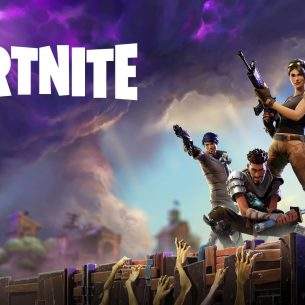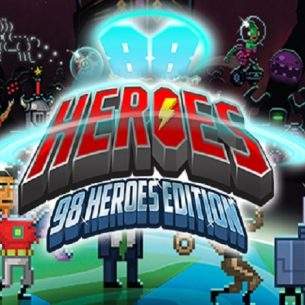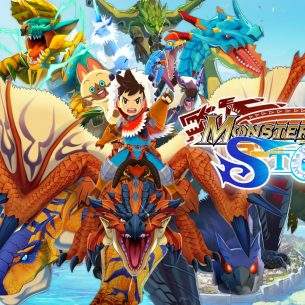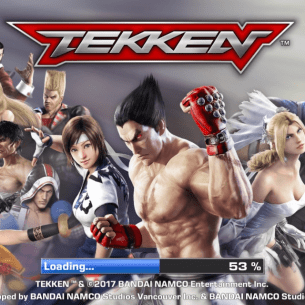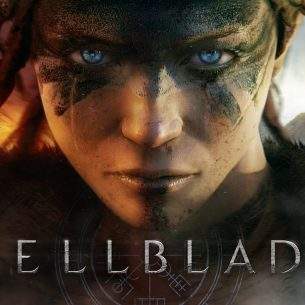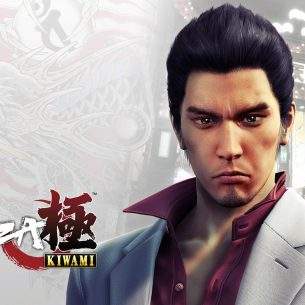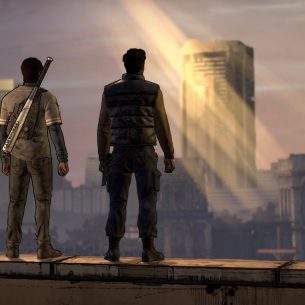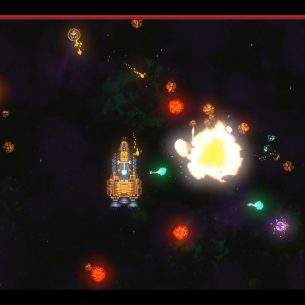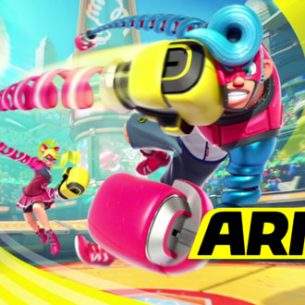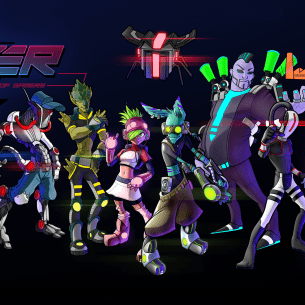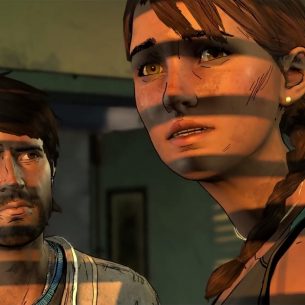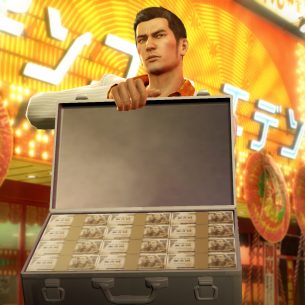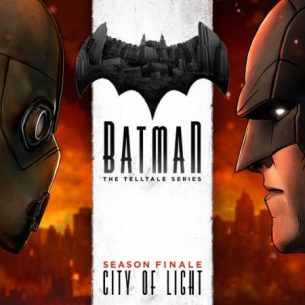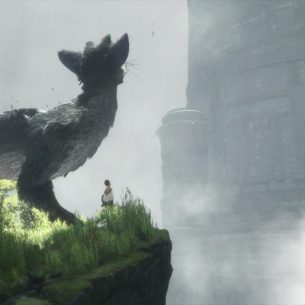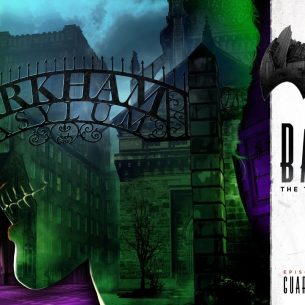Archive Post
Home / review
Fortnite (PVE) | Early Access Review
First marketed as a unique crossover between Minecraft’s base building & resource collection and Gears…
88 Heroes: 98 Heroes Edition | Review
On August 8th, 1988 at 8:08 am I was but an infant when one of…
Tekken Mobile | Review
Bandai Namco isn’t exactly known for adapting the Tekken franchise for mobile devices. Over the…
Hellblade: Senua’s Sacrifice | Review
Hellblade: Senua’s Sacrifice has made quite the splash in the gaming scene as of recently.…
Yakuza Kiwami | Review
Game Reviewed By: John Bridgman “Kiwami means extreme!” the tutorial explains, and that’s a good way,…
Walking Dead: The Tell Tale Series- A New Frontier episode 5: From the Gallows review
The Walking Dead: A New Frontier has finally concluded and closed out Season three of…
Astervoid 2000 | Review
Guest Review By: Azzuen O’Connor Astervoid 2000 is a totally awesome and difficult throwback to the…
“Gamers Are Revolting” – Hover: Revolt of Gamers | Review
So Hover: Revolt of Gamers is a game Kickstarted in 2014 (remember this) inspired by…
The Walking Dead: The Telltale Series- A New Frontier episode 3: Above the Law | Review
Telltale Games has come out with the newest episode in their Walking Dead series. While…
Yakuza 0 Review
Game Reviewed By: John Bridgman Evaluating an installment of an established franchise offers particular challenges. Do…
Batman: The Telltale Series – Episode 5: City of Light | Review
So, here it is, the finale to Telltales adaptation of Batman. This first attempt by…
The Last Guardian | Review
At long last, The Last Guardian has arrived at us after a long, patient wait.…
Batman: The Telltale Series- Episode 4: Guardian of Gotham | REVIEW
Batman continues its adventure with episode 4, titled Guardian of Gotham. Telltale has made some…

